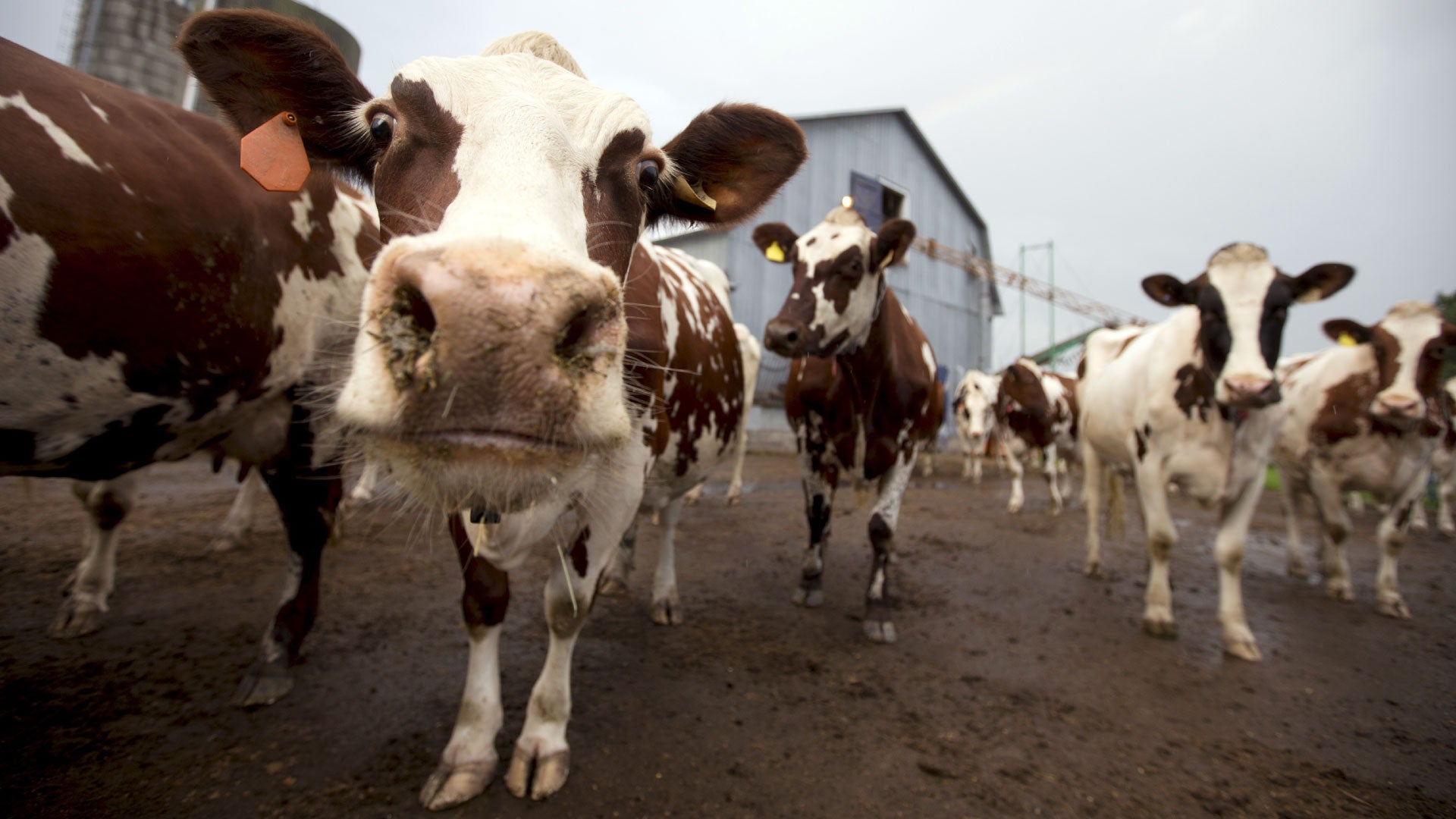Where your milk comes from if you live in America’s most populated cities
Milk is a perishable product that is in roughly 93% of US homes. Unlike most fruits, vegetables, and packaged foods, which can travel thousands of miles before they reach consumers, milk and many dairy products are either local or regional in their origin.


Milk is a perishable product that is in roughly 93% of US homes. Unlike most fruits, vegetables, and packaged foods, which can travel thousands of miles before they reach consumers, milk and many dairy products are either local or regional in their origin.
From the farm where a dairy cow is milked to the grocery store and consumer is not a long journey. “Usually, it’s no more than 250-300 miles,” said Matt Herrick an executive at the International Dairy Foods Association (IDFA). Milk processing and bottling facilities are often located to be in close proximity to several farms and shipping routes.
Where your milk comes from if you live in these cities
Within a 300 mile radius, milk can come from neighboring states and counties. We tabulated all the milk producers within 300 miles of the US’s 10 largest cities using data from the US Department of Agriculture (USDA).
The number of farm operations doesn’t necessarily reflect the number of cows at that location. The average Texas dairy farm’s herd is about 1,500 cows. The average operation in Wisconsin is less than 200. The most recent USDA figures are from 2017 so recent closures or farm consolidation aren’t reflected.
🎧 For more intel on the dairy industry, listen to the Quartz Obsession podcast episode on oat milk. Or subscribe via: Apple Podcasts | Spotify | Google | Stitcher.
Where New York City’s milk comes from
There are 11,474 US dairy farms within 300 miles of NYC—stretching from Vermont to Virginia. New York state itself is a desirable place for cows. Water resources and favorable soil quality in and around the state make businesses in the dairy industry competitive.
Where Los Angeles’s milk comes from
There are 1,040 US dairy farms within 300 miles of Los Angeles—mostly in California with a few in Nevada and Arizona. California produces more milk than any other US state, accounting for around 19% of all milk produced in the US in 2019.
Chicago’s proximity to Wisconsin’s milk
There are 15,638 US dairy farms within 300 miles of Chicago—mostly from Wisconsin. Dairy farms are plentiful in the region but that may be changing with recent strains on the Wisconsin dairy industry. Wisconsin lost 818 dairy farms in 2019 alone, about 10% of its dairy herds.
Houston’s milk comes from very large herds
There are 411 US dairy farms within 300 miles of Houston—mostly in Texas but also in Oklahoma, Louisiana, and Arkansas. Milk production in Texas alone grew by 7.5% in 2019, as operations grew their herds and had higher producing cows. The Texas health department also recently made selling raw milk much easier throughout the state, allowing for even more growth of the industry.
Where Phoenix sources its milk
There are 205 US dairy farms within 300 miles of Phoenix which reaches into Utah and New Mexico. But dairy farms in Arizona are huge operations, the largest farms have about 10,000 active milk cows. As of 2018, the dairy industry is the largest agricultural industry in the state.
Where Philadelphia gets its milk
There are 11,651 US dairy farms within 300 miles of Philadelphia, leaving a sourcing region similar to New York City’s. The average size of a dairy herd in Pennsylvania is just 85 cows but the state has the second-largest number of dairy farms in the US. While the region’s market for milk is growing, there are 1.6% fewer cows, particularly with the onset of the pandemic, which may make farmers more willing to consolidate.
The geography of San Antonio’s milk supply
There are 354 US dairy farms within 300 miles of San Antonio—mostly in Texas with a few in Louisiana. Texas is on track to become the fourth-largest dairy state in the nation, with it’s relatively fewer, but larger, farms. Lots of milk ends up crossing the border into Mexico, the US industry’s largest export market.
San Diego’s US supply of milk
There are 575 US US dairy farms within 300 miles of San Diego—mostly are in California. A few are in Nevada and Arizona. In 2019, California lost around 80 family-run dairy farms. With the pandemic and unpredictable climate, farms are consolidating their operations leaving fewer farms that operate with larger herds.
Where Dallas gets its milk
There are 786 dairy farms within 300 miles of Dallas. Since the pandemic, Texas produced about 1 billion pounds of new milk in back-to-back years.
Where San Jose’s milk comes from
There are 1,271 dairy farms within 300 miles of San Jose. The Bay Area was historically a major dairy producer with family-run farms but has suffered losses due to the pandemic. Some dairy operations are now switching to producing plant-based milk and other dairy alternatives.
How milk travels from farms to grocery stores to tables
According to the IDFA, milk typically arrives at a store about 48 hours after coming out of a cow. Milk is pumped from the cows into a holding tank where it sits for a few hours until a tanker truck arrives to pick it up.
The truck then drives to a processing plant, where the milk is pasteurized and bottled. Once packaged, milk and cream are refrigerated at the plant for another few hours, before a refrigerated truck comes to collect and deliver it to a grocery store.